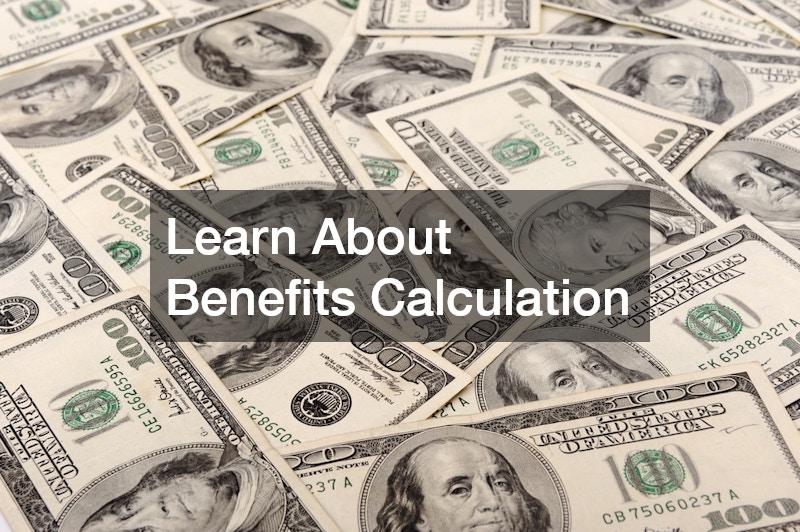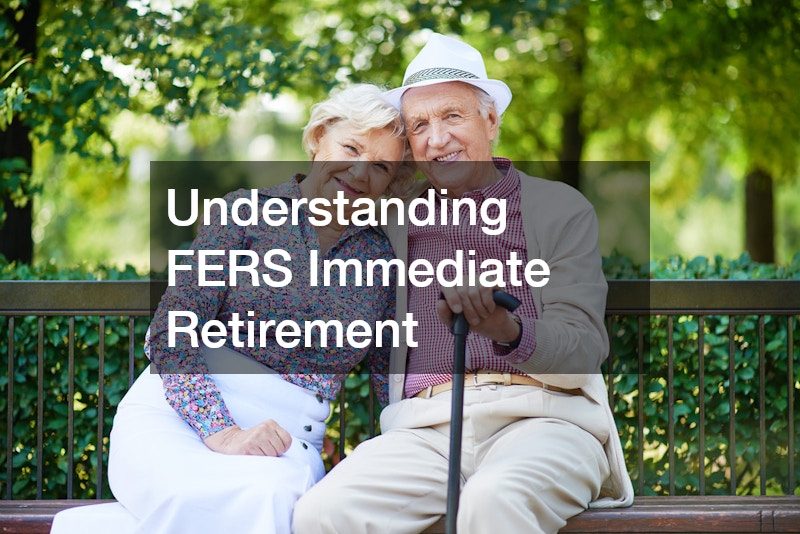
The Federal Employees Retirement System (FERS) provides retirement benefits to federal employees, and understanding the nuances of immediate retirement under this system is essential for planning a secure financial future. Immediate retirement allows eligible employees to retire and begin receiving benefits without any delay.
Eligibility Requirements
To qualify for immediate retirement under FERS, employees must meet specific criteria. Generally, an employee can retire immediately if they have at least 30 years of service at any age, 20 years of service and are at least 60 years old, or 5 years of service and are at least 62 years old. This flexibility in age and service years allows employees to plan their retirement according to their personal and financial needs.
Types of Immediate Retirement
FERS offers two primary types of immediate retirement: voluntary and involuntary. Voluntary retirement occurs when employees choose to retire once they meet the eligibility requirements. On the other hand, involuntary retirement might happen due to agency downsizing or other employment circumstances. Regardless of the type, eligible employees can access their pension benefits promptly upon retirement.
Benefits Calculation
The retirement benefit calculation for FERS involves several factors, including the employee’s years of service, high-3 average salary (the highest average pay received during any three consecutive years of service), and a multiplier. For most employees, the formula is calculated as 1% of the high-3 salary multiplied by years of service. However, for those retiring at age 62 or older with at least 20 years of service, the multiplier increases to 1.1%.
For example, if an employee has 30 years of service and a high-3 salary of $60,000, their annual pension would be calculated as follows:
For a voluntary retirement:
30 years x 1% x $60,000 = $18,000 annually
If the employee is 62 or older:
30 years x 1.1% x $60,000 = $19,800 annually
Other Considerations
It’s crucial for employees considering immediate retirement to understand the implications of their decisions. Benefits under FERS may also include a Thrift Savings Plan (TSP) and Social Security benefits, which can significantly enhance retirement income. Employees should assess their TSP contributions and consider rolling them over into an Individual Retirement Account (IRA) or other investment vehicles to maintain tax advantages.
Additionally, healthcare benefits are an essential factor in retirement planning. Federal employees may be eligible for the Federal Employees Health Benefits (FEHB) program, which can provide continued health coverage into retirement.
Watch the video above to learn more and get in touch with a federal retirement consultant today!.

